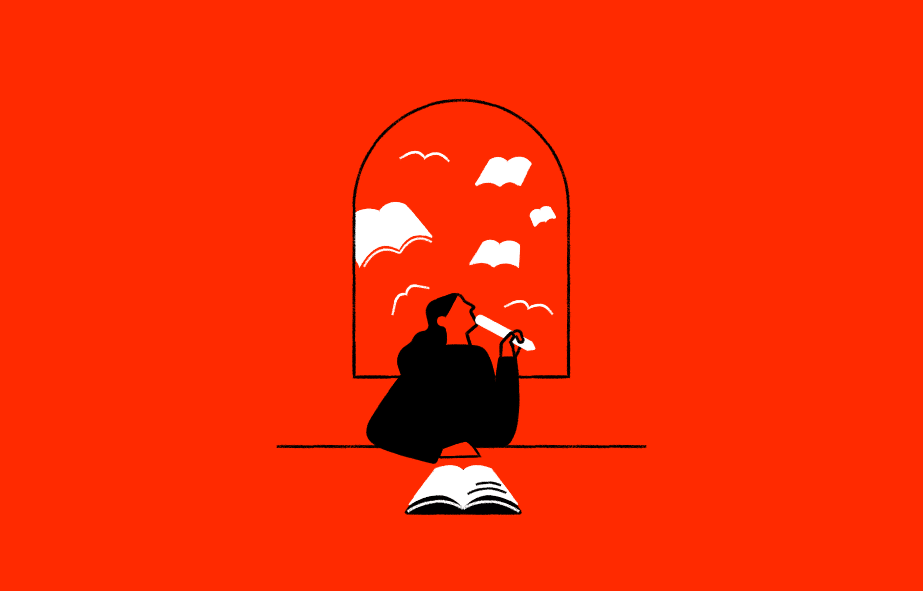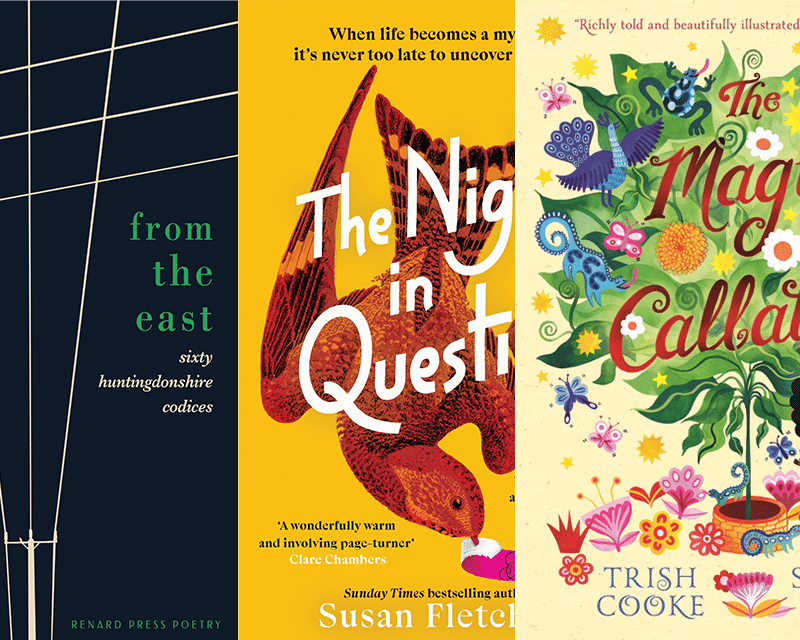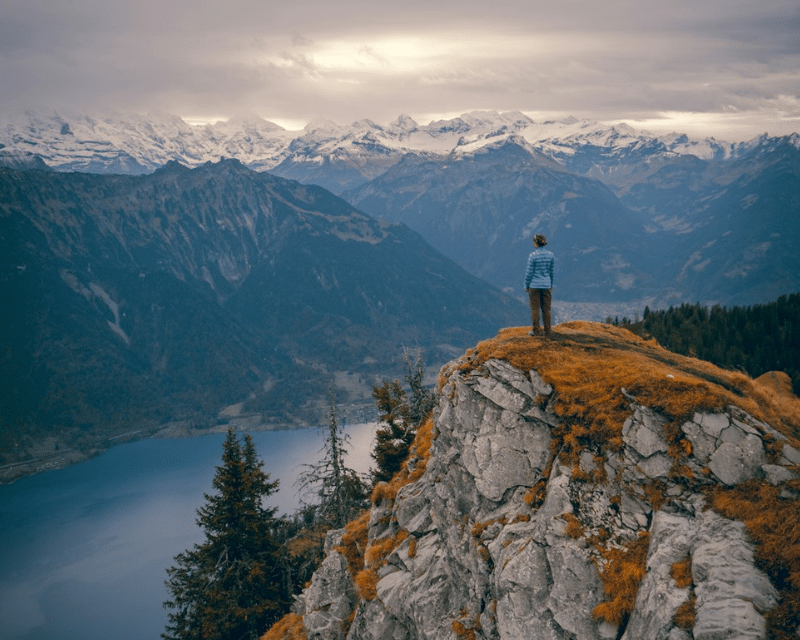- Collected
- Article
The End Of Dystopia
Writing for a new climate

- 29 February, 2016
- Emily Diamand
One damp summer’s afternoon in the late 1990s, I found myself sitting in a field with a group of environmental activists — delegates at an outdoor conference, trying to work out how to raise public concern about climate change. Back then, ‘Save the Whales’ and ‘Nuclear Power No Thanks’ were still the best known environmental slogans and I naively assumed that it wouldn’t take much to get climate change up the agenda. We just needed to tell people about it; once they knew, then they would act.
From their places on that patch of grass, the more seasoned campaigners saw things differently: ‘If you explain how serious it really is, people go into denial and won’t do anything.’ I didn’t quite believe them, perhaps because at that point my main experience of ‘saving the world’ was from disaster movies. Could it really be true that, faced with the catastrophic, most people simply went around pretending it wasn’t happening?
The consensus on the adverse effects of carbon emissions was considerable even then – the Kyoto Protocol on reducing emissions was signed in 1997 – and in the following years it only seemed to strengthen. Assessment reports rolled out from the Intergovernmental Panel on Climate Change, which I found increasingly frightening. Scientists began to talk about ‘tipping points’. Campaigners around the world took action to try and gain the attention of the public and governments, from building sandbag defences around UN summits or dragging giant lifeboats to them, to many, many protest marches and even ‘die-ins’. Yet, despite all the evidence and activism, public concern in developed nations had actually declined by the late 2000s, and scepticism was increasing.
Now, imagine this scenario: at a party with your friends, you bring up the subject of climate change and what it means for our future. Doesn’t that feel awkward? Maybe you have an instinctive feeling that the subject is inappropriate? If so, then you aren’t alone. According to one recent survey, 74 per cent of Americans have rarely or never had a conversation about the issue – even if the same survey found that two thirds of them are at least ‘a little interested’ in hearing about it. Our reluctance to speak is so great that the respected activist George Marshall has argued there is a culturally constructed silence around climate change. We know what it is, but we also know not to talk about it.
The same silence holds within fiction. A few authors, admittedly, are volubly concerned. The American writer Paulo Bacigalupi, for example, whose novels all deal with the consequences of living in a changed environment, has said that ‘I don’t think you can write honest futuristic fiction without engaging somehow with climate change… I’m not actually sure you can really write contemporary fiction without engaging with climate change — if you try to posit that our world is the same as it was yesterday, it’s not true.’ And he is not alone in his views — from Marcus Sedgwick’s Floodland to David Mitchell’s Cloud Atlas and Margaret Atwood’s MaddAddam, authors have sounded alarms, imagining flooded worlds and ecological dystopias. I would include myself in this group because my first two children’s novels were set in a future, flooded England.
A smaller number of authors have tackled the here-and-now of climate change, often reflecting on the theme of human inaction. For example, in Barbara Kingsolver’s Flight Behaviour, the seemingly miraculous appearance of monarch butterflies in a rain-drenched Appalachian town turns out to be ecological disruption rather than a sign of hope. The novel skilfully explores the conflicting concerns that so often surround environmental crises, and the poverty-stricken farmers must weigh worries about their own survival against the calls from scientists and activists to protect the butterflies that have taken refuge on their land. In his novel, Solar, Ian McEwan satirises a wide range of responses to climate change, centring on the cynical and self-serving involvement of an eminent physicist in attempts to develop a new form of solar energy. The novel questions whether our profit-driven society is even able to take meaningful action on climate change.
The final group of contemporary authors – the majority – don’t even mention climate change, and I find this most interesting of all. Here is an issue that could lead into a wide range of meaty subjects – from our relationship with the natural world to conflict between generations, to migration and war – and yet it hardly breaks the surface in most modern fiction. Narratives of climate change are so absent that the Guardian has twice in recent years been moved to ask ‘where are the stories?’
Of course writers are not campaigners, and no-one is obliged to write about anything that doesn’t interest them, but I cannot believe that climate change is simply boring. Nor do I think there has been a collective failure of imagination. Instead I have my suspicions that the culture of silence may have been just as pervasive for authors as for everybody else. Certainly, discussing my first two books often felt awkward. People didn’t really want to talk about their central theme very much, and I found myself focussing instead on sassy heroines or the use of the first person in children’s fiction. I knew that climate change was a ‘difficult’ subject, and I worried about appearing sanctimonious. After being told by a publisher that ‘eco is over’, I squeezed tiny portions of what concerned me into books about other subjects; without even being aware of it, I had absorbed the silence.
Then in 2015, two books made me think again about might have been happening. In Don’t Even Think About It: why our brains are wired to ignore climate change, George Marshall argued that by depicting climate change as overwhelming, intangible and far away, writers and campaigners had constructed a threat that was the exact opposite of those our brains evolved to cope with. We respond quickly to the immediate and direct, such as an attacking predator or spear-wielding warrior. But a problem for the distant future? That we can ignore, our attention drawn instead to the modern equivalent of predators — whether bills, bosses or terrorists. When I considered this in the context of my own work, it occurred to me how often climate novels end up in the science fiction and fantasy sections of bookshops, even though the evidence is overwhelming that climate change is real.
In What We Think About When We Try Not To Think About Global Warming: toward a new psychology of climate action, Norwegian psychologist Per Espen Stoknes argues that doom-laden, guilt-inducing messages can provoke unconscious psychological defences. We feel frightened, helpless and at the same time responsible — a very uncomfortable sensation, which is often resolved by ignoring the problem or even actively denying it. Stoknes’ theory might explain the narratives of pessimism and inaction that appear in contemporary fiction. It might also explain the absence of the issue in so much of our literature. After all, writers are as much guided by their unconscious as anyone else. Fiction reflects; in this case, it might reflect our denial.
At first this all seemed disheartening, but Marshall and Stoknes agree that the solution may lie in art, and specifically within story. They suggest reframing climate change so that it is no longer about statistics and terrifying scenarios. Instead, they call for narratives that emphasise the positive — such as humanity’s coming of age, our ability to overcome difficulties, or a quest for survival. To me, this approach seemed counter-intuitive until I realised that they are asking for something that many storytellers are already familiar with. While uncommon in climate fiction, the positive narrative is found in many other genres. In fact, if we describe climate change as the challenge that must be met and overcome, then this is part of the classic unfolding of the ‘hero’s journey’.
Of course, I don’t expect preferences for dystopia and pessimism to give way that easily. Tragedy has a long and distinguished artistic heritage, while the offering of bright alternatives can seem naïve. But if we endlessly reinforce the view that humanity is doomed, is there a risk that we play a part in ensuring less is done, not more? Artists and writers can be viewed as the custodians of society’s imagination, and a shift now seems to be required in ours. To stave off the end of the world, perhaps we need to imagine ourselves saving it.
You might also like:
No facts, only versions
Memoirs are as much about what is excluded as what is included. This edition examines how you can evoke the…
RLF Fellows’ News: April 2024
Publishing News RLF Fellow Trish Cooke’s new children’s book, The Magic Callaloo, is set to be published by Walker Books…
Susan Fletcher on outsiders in fiction – literal and imagined
I’ve always known that I’ve preferred to be outside. To be an outsider – literally, and, specifically, amongst wild places…


